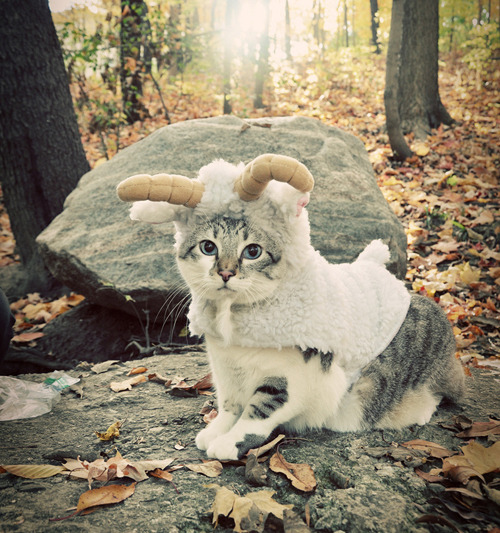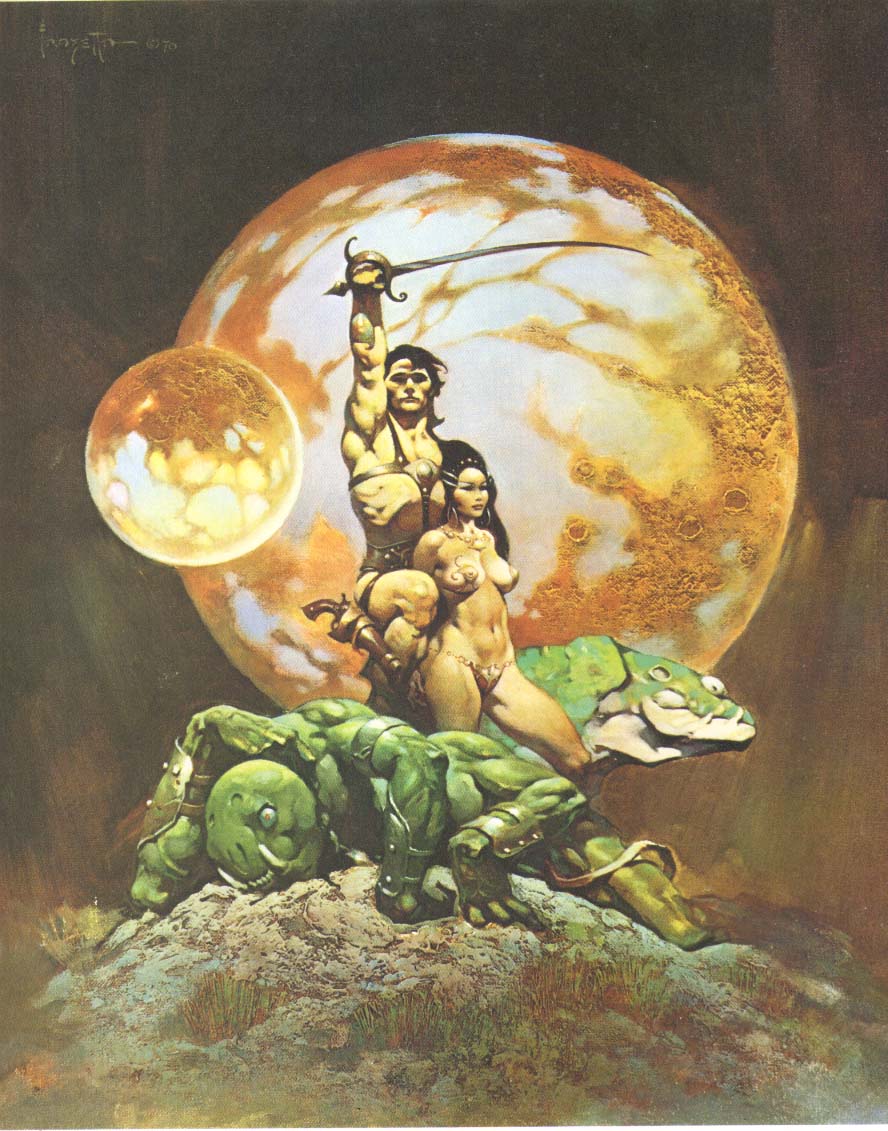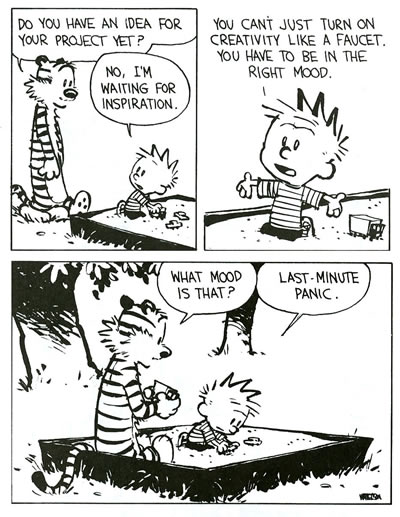 |
| Shit's about to get real! |
After pondering the sociological impact of divine magic
earlier this week, I shifted gears to start pondering the impact of bizzaro fantastic critters on bizzaro fantastic ecosystems. I think most people, like me, who watched a lot of nature documentaries when they were kids, developed a basic understanding of food webs. For those who don't know, a food web is similar to a food chain... but after it's been stuffed into a box with the Christmas decorations to get tangled up for a year. It's basically a map of what-eats-what for a particular ecosystem.
 |
| A basic food web |
Fantasy worlds like those created for D&D offer an odd mix of real-world critters like horses (for knights to ride) cats and bats (to follow wizards around) deer, wolves, rats (for level 1 characters to fight) and much more unusual beasts like dire versions of all of the above, as well as dragons, griffons, fiendish dire weasels, and monstrous spiders. The question then becomes, how would introducing such magical creatures into an ecosystem affect its structure? Then, if you care about such thoughts, how can you use this to make your game world deeper and more interesting?
Building the fantastic food web
If you want to build a food web for an area of a game world, the first thing you need to understand is the underlying structure of an actual food web.
At the bottom of the web are the plants: These are the things prey animals eat and hide in, that predators climb to spot prey, or use to launch an ambush.
Next come the prey animals. These can be small things like bugs and rodents that feed slightly larger predators, or they can be large herd animals or other herbivores that munch on the plants.
The secondary predators are critters that might be omnivorous, that might dine exclusively on the small prey critters, or that might scavenge the leftovers of the apex predators.
The apex predators are the creatures at the top of the heap. They can potentially eat everything below them, or even each other. Apex predators tend to be territorial and most places probably only have between 2 and 5 creatures that fall into this category. The apex predators near where I live are bears, mountain lions, wolves and eagles.
A Note on intelligent beings. For the purpose of this exercise, I am considering all tool-using intelligent beings to be exterior to the food web. The D&D bestiary includes intelligent beasts like unicorns and deviously clever critters like worgs. These are fine to work into a food web, but things like people, trolls, dragons or giants can actively manipulate the food web, and are best taken into account after performing this exercise.
So, now that we've considered the basics, its time to start putting things together. First, pick a region (mountains, plains, swamp) For this exercise, I'm going to choose a temperate forest as my environment of choice.
Start with a basic idea of plant types: A forest has trees (duh), probably berry bushes and other undergrowth, but not a whole lot of grass except in glades and clearings.
Next pick a handful of prey critters: (I'm going to pick two largish herbavores, some small climby types and at least one form of vermin) Deer, unicorns, stirges (overgrown mosquitos), squirrels, centipedes
Then some secondary predators to eat the smaller prey animals and/or each other: pseudodragons, dire badgers, snakes, owls
Finally, pick two to four large predators that might feast on everything else. Wolves, giant spiders, owl bears
Take a couple minutes to figure out who eats whom aaand voila! We have a basic food web.
While this food web is far simpler than any actual ecosystem, it is perfectly adequate to start getting the feel for an in-game region.
If you are the sort to build random encounter tables, a food web like this can provide a jumping-off point for populating said tables.
A couple considerations to take into account when building your web:
A Dire Situation?
D&D, like many fantasy worlds is full of "dire" animals. These are essentially larger, more powerful versions of the regular variety. Their large size implies that they will need either larger and/or more food than their run-of-the-mill cousins. The presence of dire badgers in my example list might indicate large numbers of centipedes. Enough, perhaps to form frequent swarms, which the badgers keep in check. Alternately, perhaps the badgers raid the stirge hives (essentially overgrown mosquitos.) Dire animals might exist jointly with their regular cousins. They might occupy a slightly higher spot on the food chain, or might simply arise from a particularly rich food source.
Who would win in a food fight?
The other thing to consider in a fantasy food web is how species might compete for the same niche. For example, a mountainous environment might include cougars as one of its apex predators. Now, imagine an influx of displacer beasts (evil cat-like creatures with the ability to phase slightly out of the material realm in order to avoid attacks). If the primary prey in these mountains are mountain goats, which can potentially defend themselves with their horns, the displacer beasts would likely have a higher survival rate due to their phasing ability. They might even be able to prey on their chief competition, the mountain lions. A similar competition might take place between owlbears and regular bears. While bears are omnivorous, an owlbear's beak is only really good for tearing meat. It might provide some advantage against creatures with shells or exoskeletons, or for grabbing wriggly prey like snakes.
Running through this food web exercise has already given me several ideas for descriptive scenarios and adventure hooks. Perhaps the heroes stumble on a webbed-over grove of trees with stirges and maybe even a pseudodragon caught in the webbing. While any player would immediately think "spiders!" upon seeing webs, the larger prey in the webs adds to the sense of danger and the expectation of "BIG spiders!" Another idea: Perhaps the owlbears are an invasive species that is driving out the regular bears and killing off the unicorns that otherwise protect the forest. The local druids might hire the PCs to cull the owlbears or eliminate them entirely.
Wow, I really managed to babble on through this one... hopefully in a useful sort of way.



















